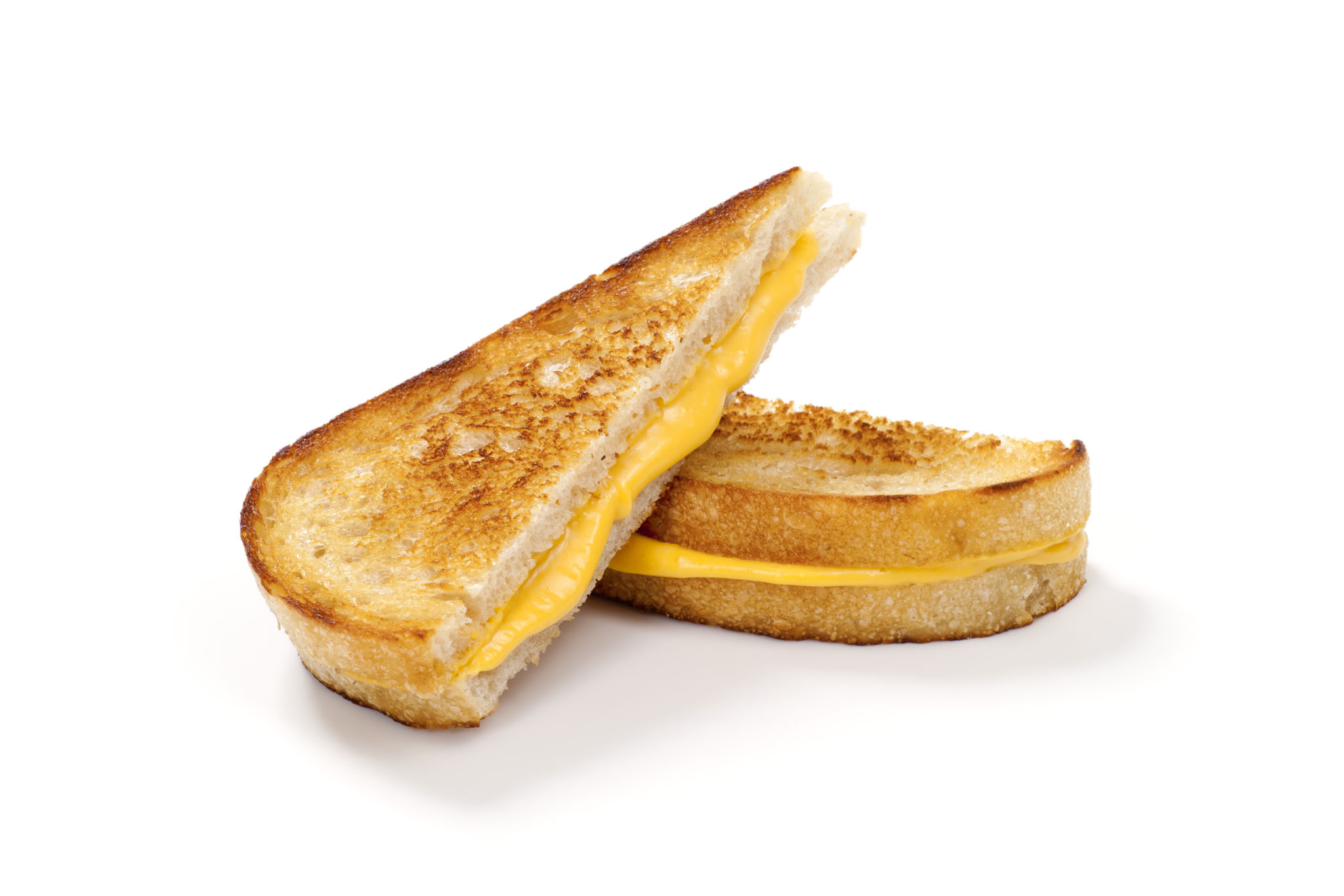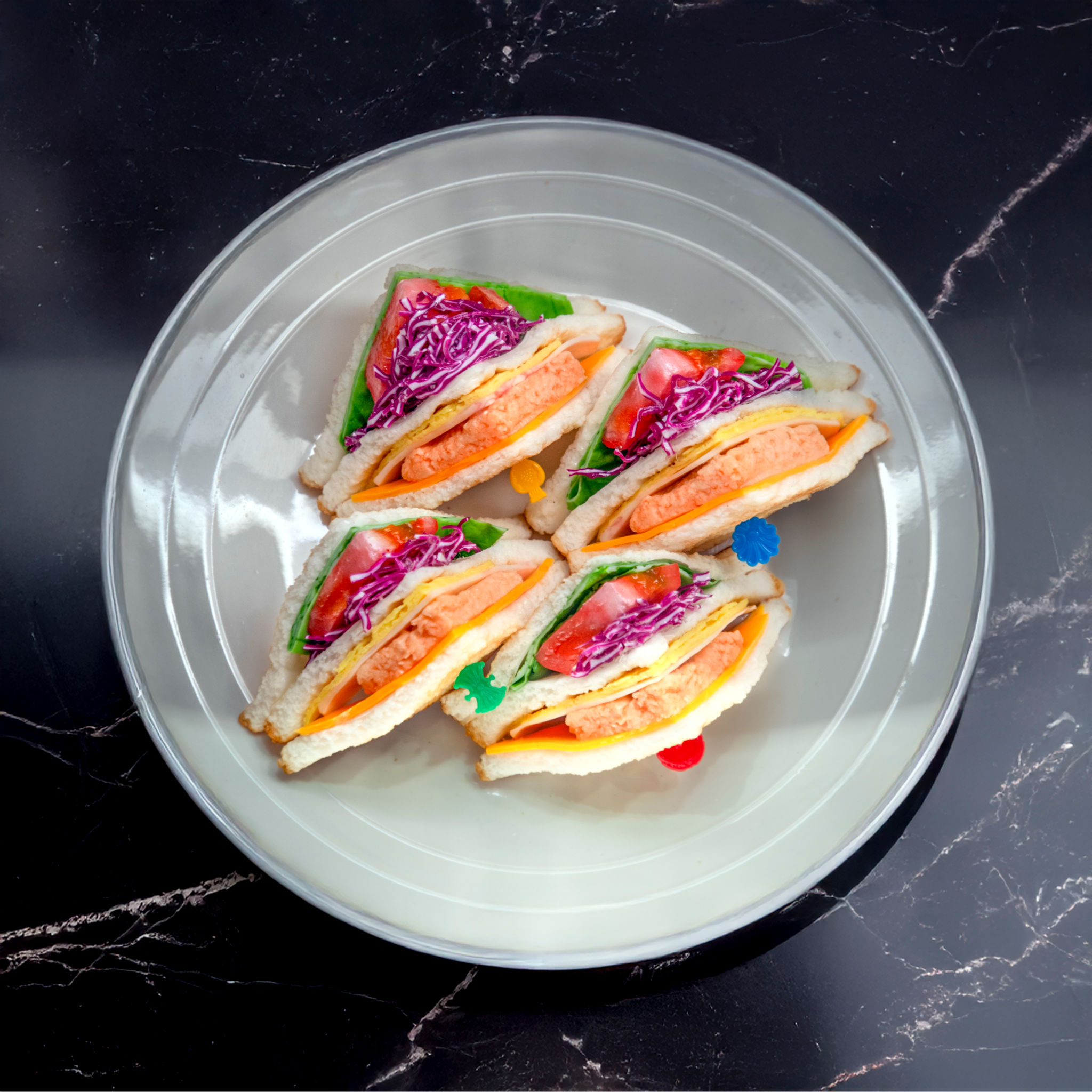Comparing Hawaiian and American Breakfast Traditions
Exploring Breakfast Traditions
Breakfast is often dubbed the most important meal of the day, and its significance varies across cultures. While American breakfasts are well-known for their hearty and comforting nature, Hawaiian breakfasts offer a unique blend of flavors that reflect the islands' diverse cultural influences. Let's dive into the delicious world of breakfast traditions in Hawaii and the mainland United States.
American breakfast traditions are deeply rooted in convenience and variety. A typical American breakfast might include eggs, toast, bacon, or pancakes. These meals are often accompanied by a cup of coffee or orange juice. The emphasis is on providing a hearty start to the day, with many people opting for quick options like cereal or granola bars during busy mornings.

The Influence of Culture in Hawaiian Breakfasts
Hawaiian breakfasts, on the other hand, are a delightful fusion of flavors that reflect the islands' rich cultural tapestry. The influence of native Hawaiian, Asian, and American cuisines creates a unique culinary experience. One staple in Hawaiian breakfast is the loco moco, a dish consisting of rice topped with a hamburger patty, a fried egg, and brown gravy. This dish exemplifies the hearty yet diverse nature of Hawaiian cuisine.
Another popular breakfast option is the classic Spam musubi, which showcases Hawaii's love for Spam. This simple yet satisfying dish features rice and Spam wrapped in seaweed, offering a portable and flavorful meal. The use of Spam is a nod to the islands' history during World War II when the canned meat became a popular pantry staple.
Comparing Ingredients and Flavor Profiles
When comparing ingredients, American breakfasts often rely on staples like eggs, bacon, and toast. Meanwhile, Hawaiian breakfasts incorporate a wider range of ingredients, including seafood, tropical fruits, and rice-based dishes. This diversity results in a broader spectrum of flavors and textures, from sweet and savory to spicy and umami-rich.

The flavor profiles also differ significantly. While American breakfasts tend to focus on comforting flavors like butter and syrup, Hawaiian breakfasts often incorporate ingredients like soy sauce, sesame oil, and fresh herbs to enhance the taste. This blend of flavors provides a refreshing contrast and highlights the islands' multicultural influences.
Health Considerations
When it comes to health considerations, both breakfast traditions have their pros and cons. American breakfasts can be calorie-dense and high in fats, particularly with items like bacon and pancakes covered in syrup. However, healthier options like oatmeal or yogurt with fruit are also widely available.
Hawaiian breakfasts offer a mix of healthy and indulgent options. Fresh fruits such as pineapple and papaya are commonly included in Hawaiian breakfast spreads, adding vitamins and antioxidants to the meal. However, dishes like loco moco can be rich in calories due to their hearty nature.

Embracing Diversity in Breakfast Choices
In today's globalized world, many people enjoy exploring different cultural cuisines. The popularity of dishes like acai bowls and poke has introduced many to flavors reminiscent of Hawaiian breakfasts. Meanwhile, American breakfast chains have expanded internationally, offering classic dishes to new audiences.
Whether you prefer the comforting familiarity of an American breakfast or the vibrant flavors of a Hawaiian one, both traditions offer something unique and delightful. Embracing these diverse culinary experiences not only enriches our palates but also deepens our understanding of different cultures.
In conclusion, breakfast traditions in Hawaii and America showcase the varied ways people start their day. While each offers its own unique set of flavors and ingredients, both are united by their ability to bring comfort and satisfaction to those who partake in them.